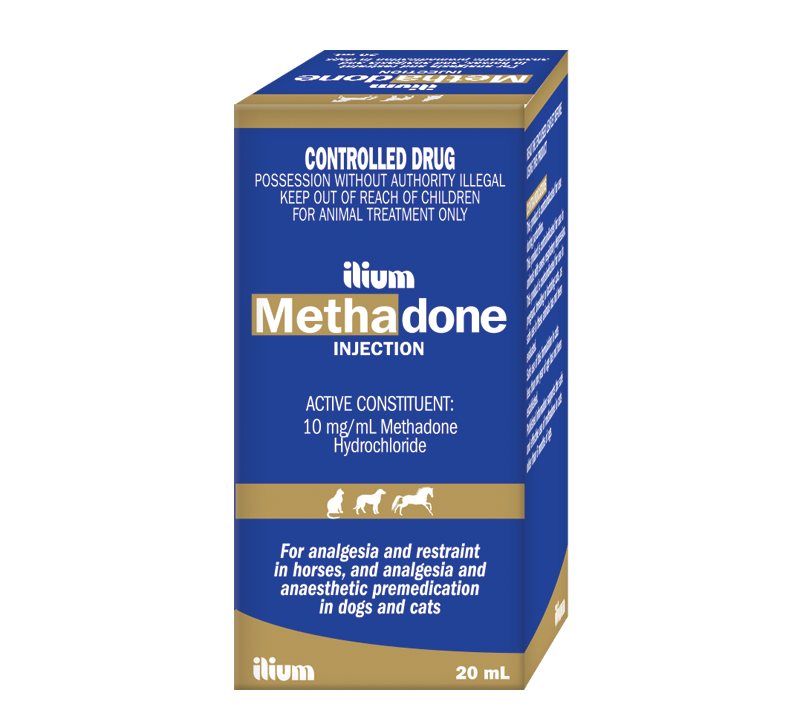0
No products in the cart.
No products in the cart.
No products in the cart.
Contains 10 mg/mL METHADONE for injection. To be used for analgesia and restraint for horses, or analgesia and anaesthetic pre-medication in cats and dogs.
Available in a 20 mL sterile vial ready for injection.
I confirm that I am a Veterinary professional and am therefore legally eligible to view products and information for veterinary professionals.
